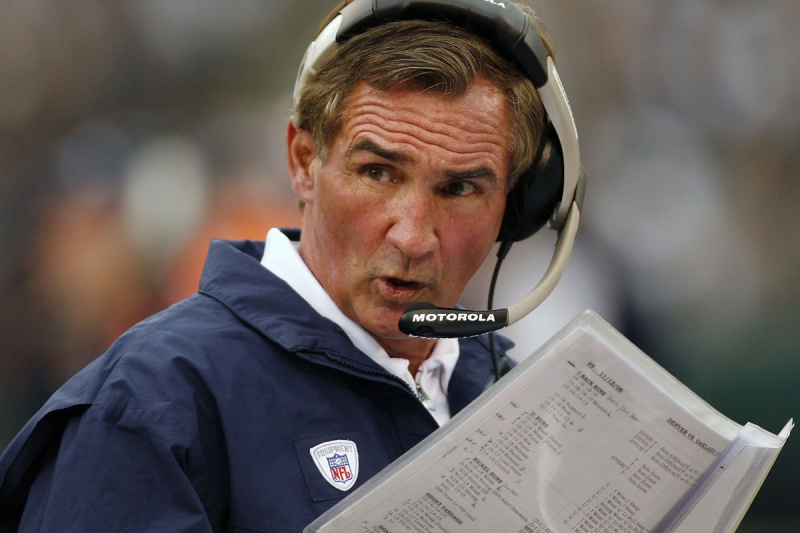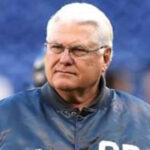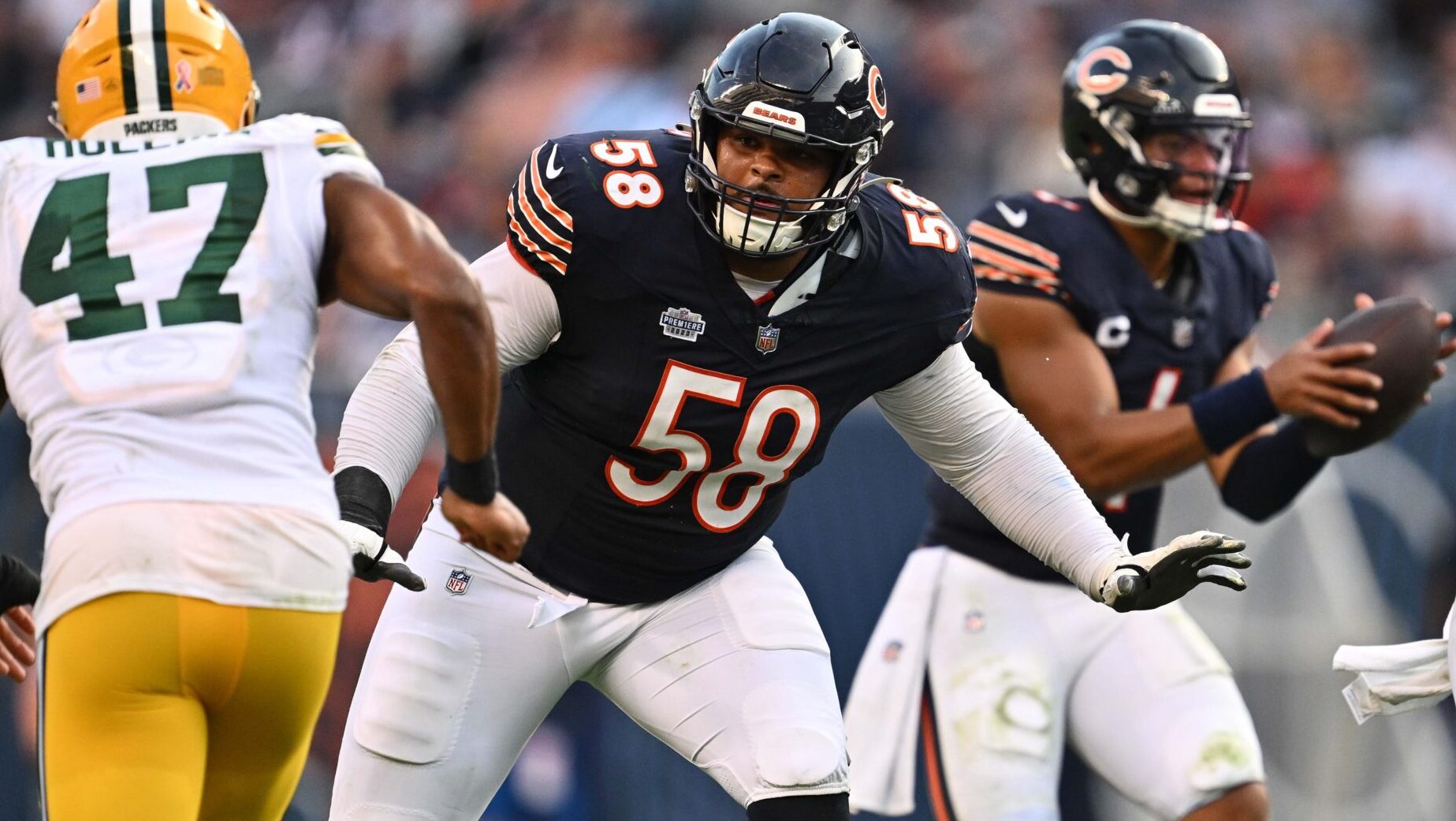Analysis
2/4/22
9 min read
Changing Of The Guard: Inside The First Week Of A New NFL HC

With nine Head Coach openings and six now filled, we thought it would be a great time for our insiders to recollect on their experiences with new head coaches. Specifically, we asked about some of the stories they remember from either being in the front office when a new HC was hired, or being hired themselves. We also asked about the process that a new HC must have when first obtaining the job. Here’s what they had to say…
Chris Palmer
When putting your staff together, there are rules and regulations. If a guy’s under contract, he can't move for lateral position. That's a really difficult thing. If a guy’s working in one place and he's under contract, a lot of teams will not let them out of their contracts. So, as you start your process and you're interviewing, teams will ask you who you have on your staff. But, who you want on your staff and who you can get on your staff are two different things.
The situation is one where you've talked to guys, and they say they’d love to talk if you get the job. Well, low and behold, somebody else offered that guy a job, and he can't wait around for you to get the job. He could be interviewing in one place, and you're waiting for him to get on a plane to come to your place. But the other team says if he gets on the plane, they’re not going to hold the job for him. It's a very tenuous situation.
You also want to get to the facility and interview some of the coaches that are already there to see if they would fit on your staff. Do you want to retain and keep anybody from the previous staff? Sometimes there's difficulty with having holdovers because it always comes up that “we did it that way last year.” But, we're not doing it that way this year.
What you're trying to do is put a staff together where there's going to be synergy, and you're going to be able to work together. What’s more important is how we're working and how we're getting things done as opposed to who's getting the credit. So there's a fine line in putting that staff together.
The other situation is that not everybody's going to fit in on the staff, and you're going to have to make changes into year one or into year two. This doesn't mean that those guys are bad coaches. It's really just that the situation isn't good for them.
You also have to get in and get your wife and family into town. Are you going to move them before the school season is over? It's a lot easier if your family is with you than if you have to commute back and forth to where you’re coming from.
Nick Polk
I was in Atlanta with Bobby Petrino, Mike Smith, and Dan Quinn. I think everybody has something different when they start their job, but the reality of how many people are knocking on the door for your time. That takes you away from the core of what you need to focus on. It can be a daunting task with all the different requests that come at you. I think the good ones are able to have a partnership with the general manager where the GM is able to manage and deflect anything that doesn't allow the coach to focus on winning.
Both Mike Smith and Dan Quinn were great unifiers in the building. Everybody in the building was important, they showed it through their actions. There wasn't anybody in the building that didn't feel part of that vision and goal. That was clearly articulated by both of them.
Eric Schaffer
We hired two different coaches — Joe Gibbs and Mike Shanahan — who were kind of like rockstar coaches. With Gibbs, there were crowds outside, and nobody could believe that he was coming back after such a long layoff. He meant so much to so many people and the community.
People are looking for a quick turnaround both from an interest standpoint and in the building. So, I think the morale was low coming off a difficult season, but then everyone in the building felt like they wanted to run through a wall for this coach. It was already a unique experience, as he was the only coach to return to coaching after already being inducted into the Hall of Fame.
As for Shanahan, we went through a couple of rough years prior to hiring him. Then in 2010, Mike came, and he was a two time Super Bowl winning coach. What I remember is that Mike went around the building, and he wanted everything — from the way that the walls were painted to people's cubicles and the office areas — to be clean and neat. He just really spoke to the whole organization. It was something I think he learned from when he was in San Francisco through Bill Walsh, recognizing that everybody in the building was important; everybody's job was critical to help us win. And Mike gave that presentation to the whole organization, and it meant a lot to everybody. Mike set the tone for how he wanted the organization to be with incredible detail.
Being in the building with two impactful coaches determined the demeanor and how everybody was going to act. It pushed everybody to give their best, and it was really a jolt to the organization and everybody in the building.
Marc Trestman
I had a plan together in reverse chronological order. I always have — in Montreal, Toronto, and Chicago — and I always started at the end with the parade and worked backward. So, the vision was the parade and the podium. Then from there, how would the tickets be distributed? Where were the families going to sit at the stadium?
After that, it was the game plan for the Conference Championship game and that week's practice. All of this was in reverse chronological order to the day of the hire. Next, the deal is done and now we're going to have a press conference. So, the plan included press conference organization and talking to the PR people about unexpected questions that would be asked. I put my heart into that to be ready because the 24 or 48 hours before you get hired can be very wearing on you. There's a lot of things going on.
Once I had the job, I started my checklist for what to do after the press conference. The first thing was to call the quarterbacks because, in my opinion, the most important dynamic in an organization is the relationship between the coach and his quarterback. Following that, it was important to walk through the facility. I wanted to make sure I spent an hour just introducing myself to people throughout the organization because there's always going to be a sense that somebody new is coming in. There's the empathy piece here of them knowing you're there. They know that everybody in the organization directly or indirectly affects winning on game day.
It's a new day for the organization, but it's also an incredibly worrying day for people who have been there a while with other regimes. You just want to provide some humanity.
After talking to the quarterbacks and walking through the building, I contacted the guys that I would call the decorated veterans in the organization. I let them know that I followed their careers and respected the work they had done. I had names and numbers of all the players, so I could text them along the way to tell them that I was looking forward to meeting them.
Immediately after that, you have to meet with the staff and try to settle them in. I told them I hadn’t made any finalized decisions, but they know you have coordinators and position coaches in mind. It's a combination of gathering information and getting to know them. I never believed you had to fire somebody just because you were new. This was always coordinated with the general manager as well because you're tied at the hip. You're always communicating with him. You're letting him know what you're doing. I also wanted to spend some time with the GM, understanding the roster and salary cap issues.
Then you have to get on the phone with people that you've either talked to about being on the staff or want to interview. This comes pretty fast because you're in competition for these people. I also reached out to some former players to get their point of view of the organization.
It just continues to build from there. We have to get the Senior Bowl done. The Personnel Department gives us reports on players. The Combine, free agency reports, draft organization, special projects for the coaching staff, scheme eval, playbook…it's just endless. Then you have to start thinking about training camp in the spring and how you want to travel. This includes where we're going to have training camp and where we’re going to live. Food and nutrition, offseason strength training, bye week organization, and the playoff schedule were all part of the reverse chronological order. These things were already kind of done, but I wanted it to be solidified so by the time summer came, everything was done. It's just an endless to-do list so to speak.
The next question is: who is the inner circle and who are the people you're going to delegate to? You have to delegate some of this out and you have to ask yourself, what do I need to do? The thing that I always say is it’s all about the people. To me, the NFL is the ultimate people business. I always would say that we're not in the football business; we're in the ultimate people business of football. So you want to make sure that the people in the building know that the people are first and then everything else generally takes care of itself. That's really important.








